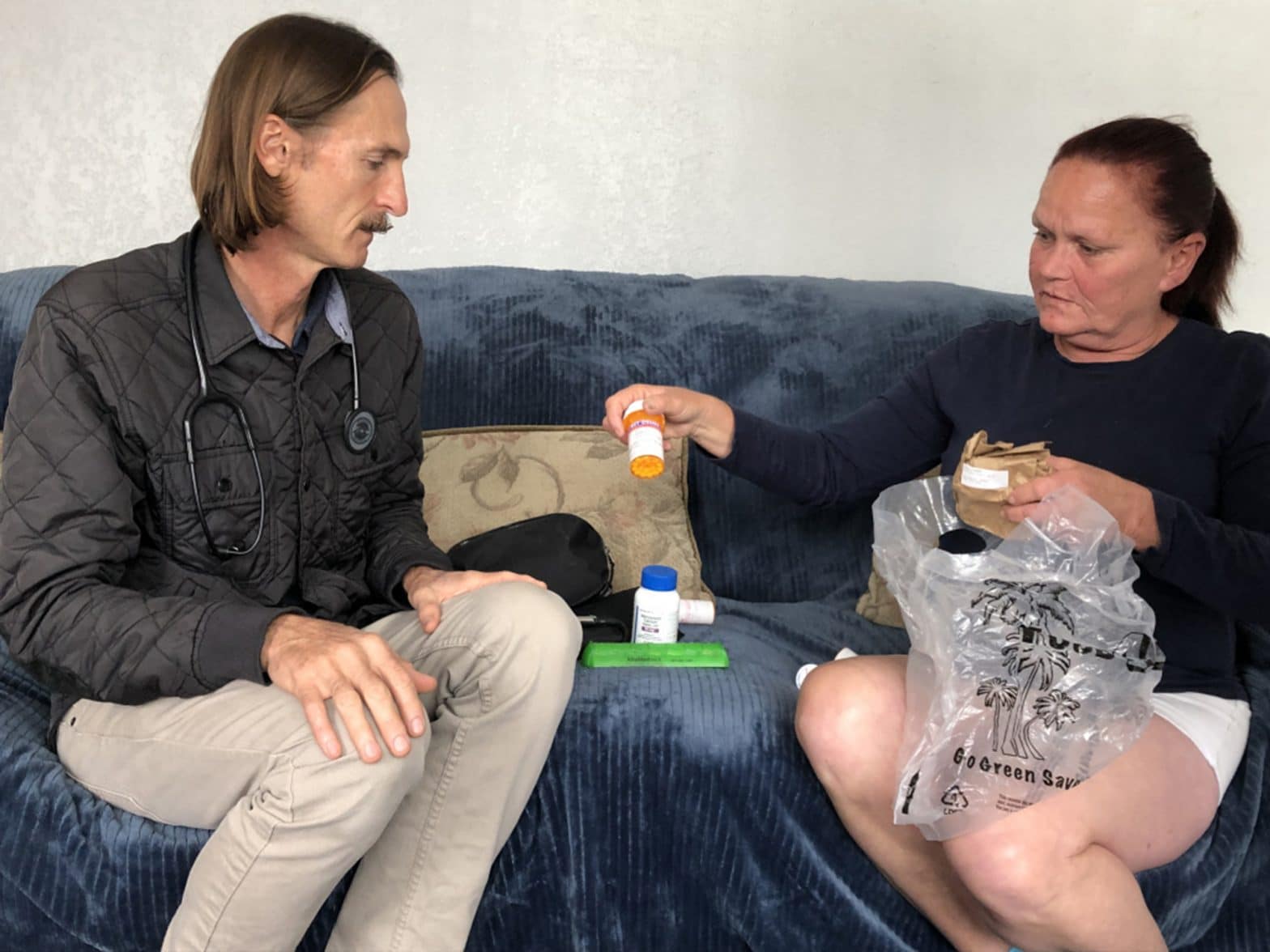Growing Economic Consensus That How We Value Medicines Must Change
COMMENTARY

Approaches to quantifying the value of novel medicines evolved rapidly in the past few decades due to improved methods and available data. But how do we estimate how much a medicine is worth? Strangely enough, that answer depends on where you are.
In the United States, prices for medicines are generally set by the market, the countless negotiations between innovators and public and private payers. These are informed by millions of individuals’ choices of where to work or which Affordable Care Act or Medicare plan to enroll in, for example, and a variety of laws and social norms.
The U.S. system is not perfect — payers and middlemen drive up out-of-pocket costs so some people aren’t actually able to afford appropriate care despite years of paying premiums, for example.
But it has led to an unparalleled research and development boom and new, innovative medicines to treat or cure many diseases. And competition between similar drugs before patents expire and generics after patent expiry ensures that most medicines drop in price, often starkly, over time.
In many other countries, such as the United Kingdom, Canada and Australia, however, government regulators rely on a branch of health economics and outcomes research known as cost-effectiveness analysis. In that system, the list price of a drug is weighed against the value it promises to deliver to determine its coverage for essential medicines.
In principle, it makes economic sense to get good value for your money.
Unfortunately for patients in these countries, however, value is estimated by conventional CEAs that ignore key factors reflecting how medicines benefit patients and society, and how the marketplace works in practice (including how branded medicines eventually become inexpensive generics).
As a result, the value-for-money calculation ends up suggesting that many potentially life-changing drugs aren’t worth their price tags, which leads to denying access to medicines available to patients in the United States.
In those cases, innovators tend to eventually relent on price (some revenue is better than no revenue), selling their products for whatever other countries are willing to pay. Put more simply, other wealthy nations are freeriding on the United States’ willingness to pay more, leaving Americans to incentivize drug development for the world.
A consensus has been forming among health economists over the past decade that we need to update conventional CEA as practiced in the U.K. and elsewhere.
It fails to account for elements that ordinary patients, their families and society understand to be part of the value of medicine, such as the cost of caregiving to family members or the economic boost when a formerly sick patient can return to work.
Conventional CEAs also ignore easily quantifiable values such as changes in price or patient population.
The conventional math the U.K. and others use to justify their decisions to pay less for medicines is eroding America’s confidence that it’s getting value for its money.
So the marginal profit in countries like the U.K. comes at a cost: Americans’ indignation that the United States has to pay more. If the U.K.’s math convinces the United States that novel medicines aren’t actually worth their prices and the United States stops paying more than the U.K. for them, investors will see returns from R&D drop significantly.
Biomedical innovation, largely funded by private investment, will decrease substantially in turn, which means that not only will the United States get fewer novel medicines, but so will everyone else.
So it’s important that, when doing CEA, everyone relies on math that earnestly attempts to quantify all the knowable societal values of medicines. Otherwise, we’ll end up misallocating resources away from the invention of medicines worth having.
This movement towards better math has been underway for many years.
In 2018, a special task force convened by the International Society for Pharmacoeconomics and Outcomes Research put forward the “value flower” as a way to represent the wider array of value elements that aren’t captured by conventional CEA.
This followed the 2016 Second Panel on Cost-Effectiveness in Health and Medicines, representing a growing effort from the health economics community to solve the problem. Since then, various novel methodologies have been proposed to better incorporate these value elements into health care decision-making.
The extent of this paradigm shift will be on full display next week at ISPOR 2024 in Atlanta, Georgia, where health economists and other stakeholders will present a wide range of panels, workshops and studies highlighting different facets of the problem — and the latest research on how to implement a broader, more holistic approach to value known as generalized cost-effectiveness analysis.
The movement towards GCEA has taken on a new urgency in the past several years due to the rapidly evolving policy landscapes. The federal government recently began the process of determining the price it will pay drugmakers for 10 medicines covered by Medicare’s prescription drug program. Several states, most notably Colorado, have been moving ahead with plans to create so-called prescription drug affordability boards that would set maximum allowable prices for certain medicines.
An accurate assessment of the true societal value of the innovative medicines is essential to these government programs. Unfortunately, outside advocates have been lobbying American policymakers to import the European model of top-down price controls based on the conventional, narrow, cost-effectiveness formula.
One of the leaders of this effort is the Institute for Clinical and Economic Review, which uses the outdated, European-style CEA to produce non-binding reports on new drugs, ostensibly to guide insurers on whether to provide coverage or charge high out-of-pocket copays. Last fall, ICER issued a report to federal officials advising them on how to best implement its form of CEA in the current round of Medicare price setting negotiations. Ironically, a month earlier, ICER itself admitted that its approach was flawed and missing key elements of value.
While health economists are still debating which of the new GCEA methodologies should be incorporated into an updated value framework, it’s also important to remember that this is not just an academic puzzle; it’s a real-world problem with life-or-death consequences for patients and their families.
There is broad agreement that change is needed, and thanks to the research that will be presented at ISPOR and other work completed in recent years, we have the tools for outcomes researchers, consultants, educators, pharmaceutical companies and other value assessors — even ICER, if it chooses — to begin making cost-effectiveness determinations that better reflect the value of medicines to patients and society.
We all just need to learn how to wield these instruments. Change comes when we make the effort, and patients — which is to say, all of us — need the field to break from tradition.
Richard Xie is a senior health economist at RA Capital. Prior to joining RA, Xie served as director of research at the Innovation and Value Initiative, a nonprofit research organization dedicated to advancing methods and practices of health technology assessment. Before IVI, he was a consultant at the Analysis Group, assisting clients in the pharmaceutical industry with their value demonstration efforts at product launches. Xie earned his doctorate in economics from the University of Southern California and his bachelor’s and master’s degrees from New York University. He can be reached on LinkedIn.

























